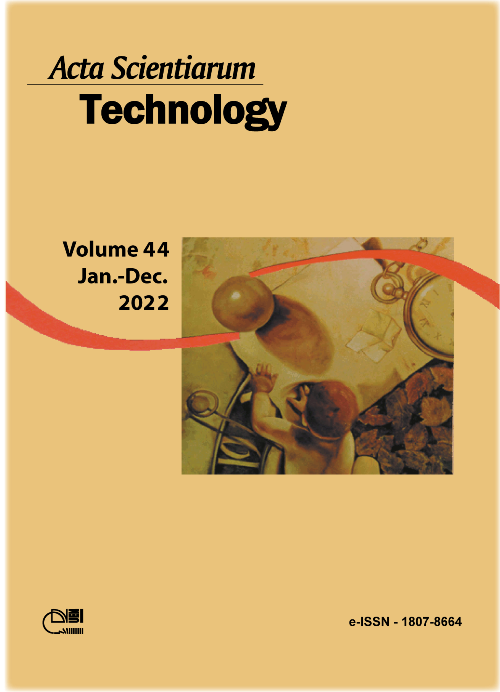Effect of different types of sugar on guava jams´ physical, physicochemical, and sensory properties
DOI:
https://doi.org/10.4025/actascitechnol.v44i1.59397Keywords:
FTIR; rheology; sensory analysis; texture profile analysis.Abstract
Consumers preference for healthier foods is increasing, especially regarding sugar intake as it is related to many diseases such as obesity and diabetes. This study aimed to evaluate the influence of different types of sugar (white crystal, icing, raw, brown, and coconut) on the physical, physicochemical, and sensory attributes of guava jam in order to evaluate the feasibility of replacing traditional sugars by alternative and more nutritious ones. Physicochemical attributes, rheological properties, texture profile, microbiological risk and sensory acceptance of guava jams were assessed. Coconut and brown sugars gave rise to darker jams with an intense reddish-brown coloration and higher hardness. The jams with higher sensorial quality were the traditional formulations produced with typical sugars - white crystal and icing sugars -, and with raw sugar. It was observed that the sugar used influenced the consumers perception of the product. In general, the most nutritious sugars, brown and coconut, did not produce to jams with good sensory acceptance. White crystal, icing, and raw sugars were more convenient to make the jams since it presented better sensory results. Clear appearance, less sweetness, more acidic, and softer jams are the features that most pleased the consumers.
Downloads
References
Downloads
Published
How to Cite
Issue
Section
License
DECLARATION OF ORIGINALITY AND COPYRIGHTS
I Declare that current article is original and has not been submitted for publication, in part or in whole, to any other national or international journal.
The copyrights belong exclusively to the authors. Published content is licensed under Creative Commons Attribution 4.0 (CC BY 4.0) guidelines, which allows sharing (copy and distribution of the material in any medium or format) and adaptation (remix, transform, and build upon the material) for any purpose, even commercially, under the terms of attribution.
Read this link for further information on how to use CC BY 4.0 properly.











8.png)




